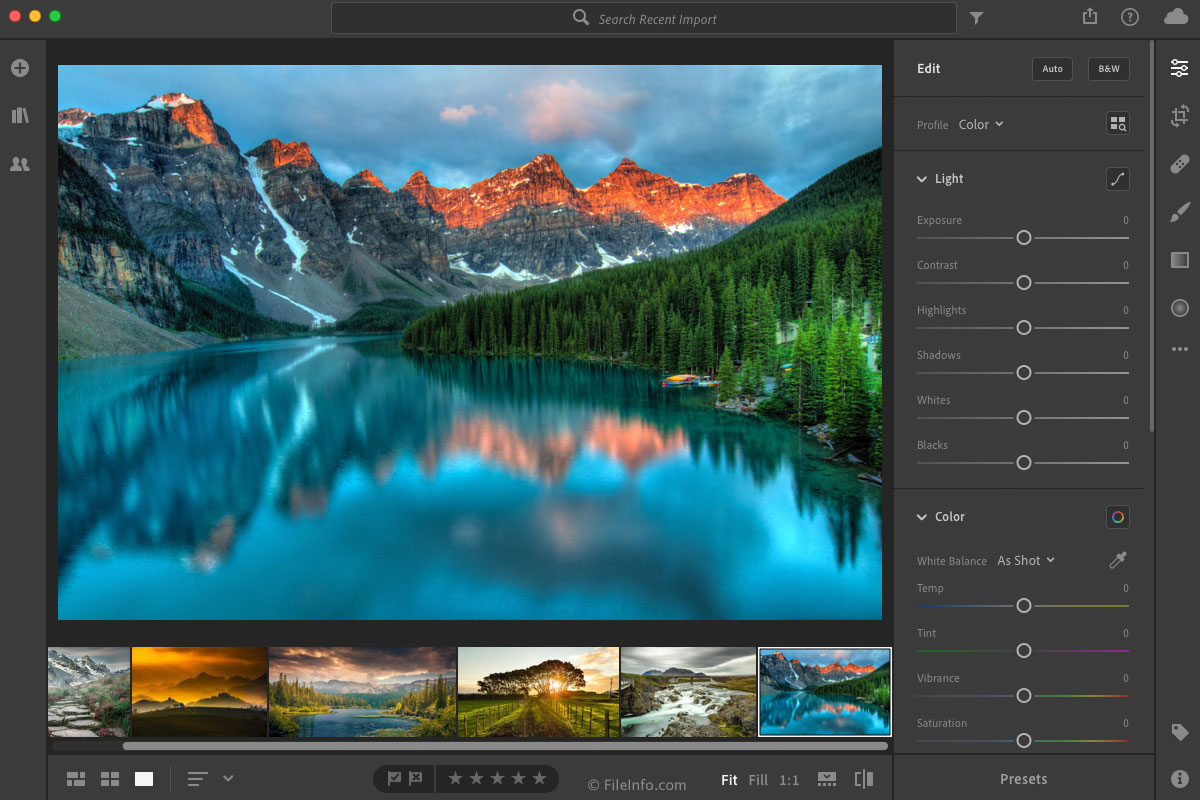
One source of confusion for beginners is that while Lightroom CC is cloud-based, the app also resides on your computer.

This makes it very useful for traveling photographers or those who want to edit their photos from a phone or iPad.

That means your files are accessible from anywhere there’s high-speed internet. Lightroom CC was designed for photographers who want to access their images online and on various devices while at the same time having powerful editing and organizing tools at their fingertips.īy default, everything in Lightroom CC is stored in the cloud – not on your device or computer. Lightroom (CC) – cloud-based software accessible via multiple devices

Here’s my full review of the desktop version: Lightroom Classic. While it is desktop-based, you can sync photos via a Creative Cloud subscription with the cloud-based version (Lightroom CC). Other somewhat lesser-used modules include Map, Book, Slideshow and Web, but it’s the core editing and organizing modules that usually get the most use. There are separate modules for organizing, developing and printing, with everything you need to take an image from import to export on any level. It also allows you to create books, slideshows and web galleries. Your Lightroom Classic image files can be stored anywhere but are usually kept on your computer’s hard drive or an external drive.įor photographers, Lightroom Classic has everything you might need to manage a massive library of images on your hard-drive(s), edit them, and then print them. It functions like a traditional desktop app and stores information about your images in a catalog file that’s separate from your image files. Lightroom Classic is the version that’s been around since the software’s inception in 2007.

Lightroom Classic – desktop-based software


 0 kommentar(er)
0 kommentar(er)
